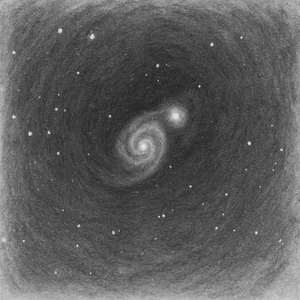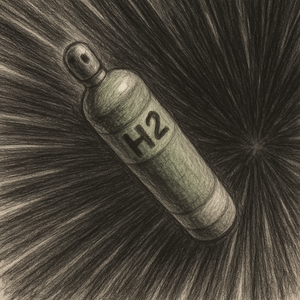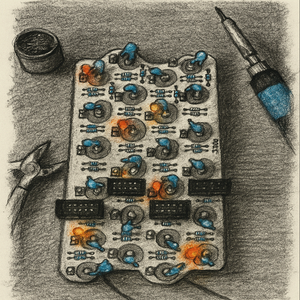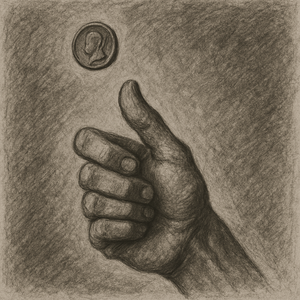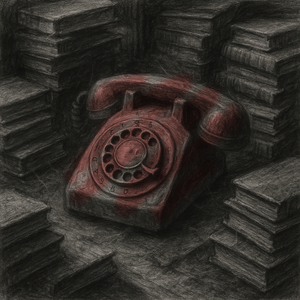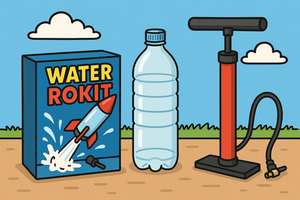Outreach & Wonder
Although I decided to follow a data science and software development career path after completing my PhD, I've never left science and technology behind. Curiosity remains a constant in everything I do: from designing algorithms to building teams. I've always tried to foster a sense of wonder, both in the organisations I've led and the public-facing work I now do more regularly.
Outreach, to me, isn't about simplifying science. It's about expanding the context: meeting people where they are, not where I am. That might be a festival field, a classroom, or a late-night conversation sparked by a glimmering LED sculpture. If it gets people thinking, it's working.
Producing The Big Bang Collective / CERN Festival Programme
In the past decade, I've been fortunate to co-produce the CERN Festival Programme with The Big Bang Collective, bringing particle physics into places you might not expect: music festivals, art events, public parks. We collaborate with artists, scientists, students, and dreamers to build interactive installations, workshops, and performances that combine curiosity with creativity.
The goal is simple: spark wonder. Not with lectures, but with experiences.
Whether it's a soldering workshop using circuit boards from CERN's ATLAS detector, or an exhibition on AI & Creativity, the work lives at the intersection of science, art, and society. It's playful, accessible, and deeply human.
Watch
Here are some examples of talks and presentations I've given.
Quantum Creativity
"Quantum" is a word that sparks fascination, confusion, and curiosity; used to sell everything from shampoos to sci-fi. But beyond the buzzword, quantum effects are very real and quietly shape the world around us, from the chips in our phones to the way light and matter behave. Here's a talk I gave at THIS Aarhus 2024 where I discussed Quantum's role in creativity.
Data & Visualisation
During the COVID lockdown, I tried to lead by example and spark people's imagination of how presentations can still be fun, interactive and engaging despite the situation we found ourselves in. My experiments often failed spectacularly, but that seemed to please people even more.
